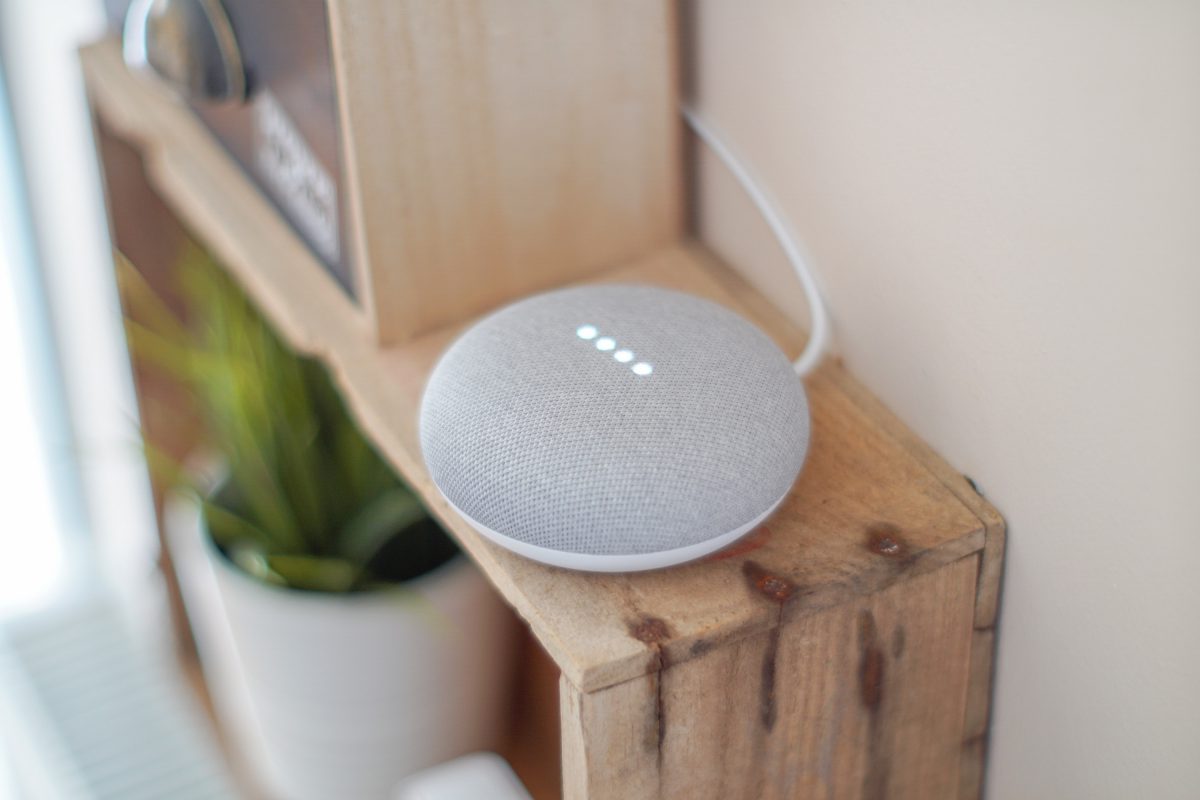Smart devices have revolutionized the way we live and work. With a simple and fast connection through WiFi, functions of the home such as heating, drawing of curtains and music can be controlled. However, having a smart home isn’t all positive. We delve deeper into the devices and functionality of a smart home.
What devices can make up a smart home?
From voice-activated assistants, lighting, security and moisture sensors. Landlords and tenants have a great array to choose from when it comes to smart devices. In a 2018 survey, more than 75% of surveyed renters said they would pay more for a smart home.
Previously, having a ‘well connected’ home was a luxury for the wealthy. However, over the past five years, its become a commonplace with renters and homeowners alike.
Home Assistants
Smart home assistants are placed around the house to pick up on voice commands and are usually connected to other smart devices. Examples of these include Google Home, Amazon Echo and Apple HomePod. Home Assistants can do anything from playing songs, manage lighting, telling jokes, using a search engine to bring up results and recording TV shows.
Smart Lighting
Smart lighting has been a popular and even cost-effective way of modernizing the home. A home doesn’t have to be rewired in order to install smart lighting. Lighting in a smart home can be managed through an app, where the tenant/owner can set timings for the lights to come on. Some options include the Phillips Hue range.
Smart Security
Safety is one of the most important factors when living in any home. This means that investing in smart security for the home may be a worthy investment and consideration.
Most smart locks are opened via pin code, bluetooth connectivity or by scanning a smartphone. Landlords no longer have to replace the locks and keys when a tenant moves out or deal with tenants locking themselves out of the unit.
Thinking of The Tenant
It’s important to consider devices that the ideal tenant would want. If the property already attracts tenants from a certain demographic, the first step would be looking into what technology they love and value. An example of this could be, security and safety for tenants with families, safety sensors and smart lighting for retirees, or energy savings and entertainment devices for millennials.
Internet Connection
The basis for every home, rented or owned, is well functioning home network based on a high-speed internet connection. It is not so much how many bars of reception you get in every room. But rather the bandwidth available to your different smart home devices. Know that the average router can handle up to 25 devices wirelessly.
Read our previous blog post here: How to Write a Landlord Reference Letter

